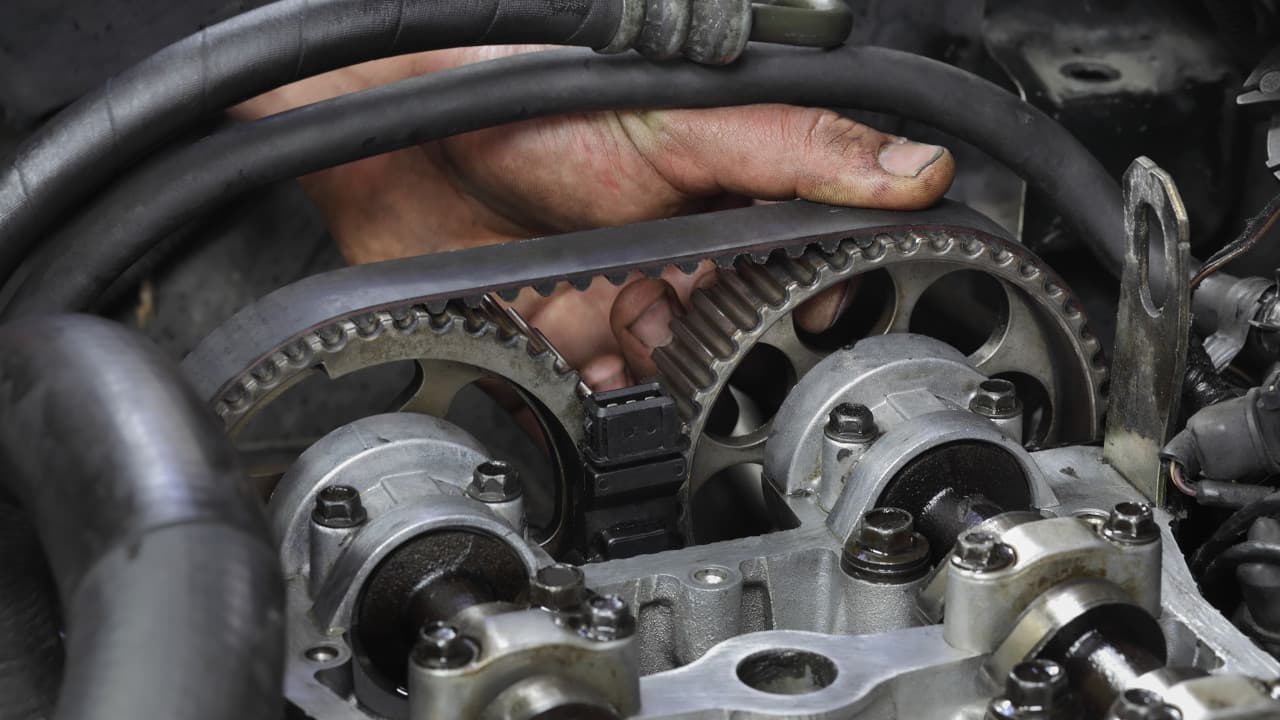- Arabic
- French
- Russian
- Spanish
- Portuguese
- Turkish
- Armenian
- English
- Albanian
- Amharic
- Azerbaijani
- Basque
- Belarusian
- Bengali
- Bosnian
- Bulgarian
- Catalan
- Cebuano
- Corsican
- Croatian
- Czech
- Danish
- Dutch
- Afrikaans
- Esperanto
- Estonian
- Finnish
- Frisian
- Galician
- Georgian
- German
- Greek
- Gujarati
- Haitian Creole
- hausa
- hawaiian
- Hebrew
- Hindi
- Miao
- Hungarian
- Icelandic
- igbo
- Indonesian
- irish
- Italian
- Japanese
- Javanese
- Kannada
- kazakh
- Khmer
- Rwandese
- Korean
- Kurdish
- Kyrgyz
- Lao
- Latin
- Latvian
- Lithuanian
- Luxembourgish
- Macedonian
- Malgashi
- Malay
- Malayalam
- Maltese
- Maori
- Marathi
- Mongolian
- Myanmar
- Nepali
- Norwegian
- Norwegian
- Occitan
- Pashto
- Persian
- Polish
- Punjabi
- Romanian
- Samoan
- Scottish Gaelic
- Serbian
- Sesotho
- Shona
- Sindhi
- Sinhala
- Slovak
- Slovenian
- Somali
- Sundanese
- Swahili
- Swedish
- Tagalog
- Tajik
- Tamil
- Tatar
- Telugu
- Thai
- Turkmen
- Ukrainian
- Urdu
- Uighur
- Uzbek
- Vietnamese
- Welsh
- Bantu
- Yiddish
- Yoruba
- Zulu
Jul . 29, 2024 05:28 Back to list
Timing Belt Replacement Guide for Peugeot 206 with Essential Maintenance Tips and Recommendations
Timing Belt for Peugeot 206 Importance and Maintenance
The timing belt is a crucial component in the engine of any vehicle, including the Peugeot 206. This integral part of the engine ensures that the camshaft and crankshaft are perfectly synchronized, allowing the engine to operate efficiently. For Peugeot 206 owners, understanding the importance of the timing belt and its maintenance is essential for ensuring the longevity and performance of their vehicle.
What is a Timing Belt?
The timing belt is a rubber belt with high-tensile fibers that connect the crankshaft to the camshaft. The primary function of the timing belt is to ensure that the engine's valves open and close at the correct times in relation to the position of the pistons. If the timing belt fails, it can lead to catastrophic engine damage, including bent valves, damaged pistons, and in severe cases, a complete engine failure.
Why is Timing Belt Maintenance Important?
Regular maintenance of the timing belt is crucial for the smooth operation of the Peugeot 206. The timing belt is designed to withstand wear and tear, but it is not an indefinite component. Typically, manufacturers recommend replacing the timing belt every 60,000 to 100,000 miles, depending on driving conditions and the vehicle's model year.
Neglecting to replace the timing belt can lead to serious issues. A broken timing belt can cause the engine to stop abruptly, which not only puts the driver's safety at risk but also results in potentially expensive repairs. Therefore, adhering to the recommended maintenance schedule is vital for avoiding unexpected and costly repairs.
Signs of a Worn or Failing Timing Belt
Recognizing the signs of a worn or failing timing belt can prevent accidents and costly repairs. Some common indicators include
1. Engine Misfiring or Rough Running If the timing belt is stretched or damaged, it can cause the engine to run unevenly. 2. Ticking Noise from the Engine A noticeable ticking sound may indicate that the timing belt's tensioner is failing.
timing belt for peugeot 206

4. Warning Lights The check engine light may illuminate on the dashboard, which could be a signal that there are issues with the timing mechanism.
If you experience any of these symptoms, it is crucial to seek professional assistance as soon as possible.
How to Replace a Timing Belt
Replacing the timing belt is a labor-intensive process, often requiring specialized tools and knowledge. It is generally advisable to have this service performed by a qualified mechanic. During the replacement process, mechanics often recommend changing other components, such as the water pump, tensioners, and pulleys, as they wear out around the same time.
The mechanic will usually follow these steps
1. Remove Accessory Components This includes the alternator, pulleys, and sometimes the front cover of the engine.
2. Align Timing Marks The mechanic will align the crankshaft and camshaft timing marks to ensure the engine remains in time.
3. Replace the Timing Belt The old timing belt is removed and a new one is installed, ensuring proper tension is applied.
4. Reassemble All removed components are reassembled, and the engine is tested to ensure everything is functioning correctly.
Conclusion
The timing belt plays a pivotal role in the operation of the Peugeot 206 engine. Regular maintenance, timely replacements, and awareness of warning signs can help prevent severe engine damage and costly repairs. By staying informed about the timing belt's condition and adhering to maintenance recommendations, Peugeot 206 owners can ensure their vehicles run smoothly and efficiently for years to come.
-
Upgrade Power Steering Pump Belt for Smooth, Quiet Operation
NewsAug.27,2025
-
Precision Timing Belt & Chain: Engine Performance & Durability
NewsAug.26,2025
-
Precision Lathe Drive Belts: Durable & Reliable Performance
NewsAug.25,2025
-
84.5 Serpentine Belt: Durable & Precision Fit for Your Engine
NewsAug.24,2025
-
Premium Ribbed Drive Belts for Quiet Power Transmission
NewsAug.23,2025
-
High-Performance Vehicle Timing Belt for Engine Precision
NewsAug.22,2025

